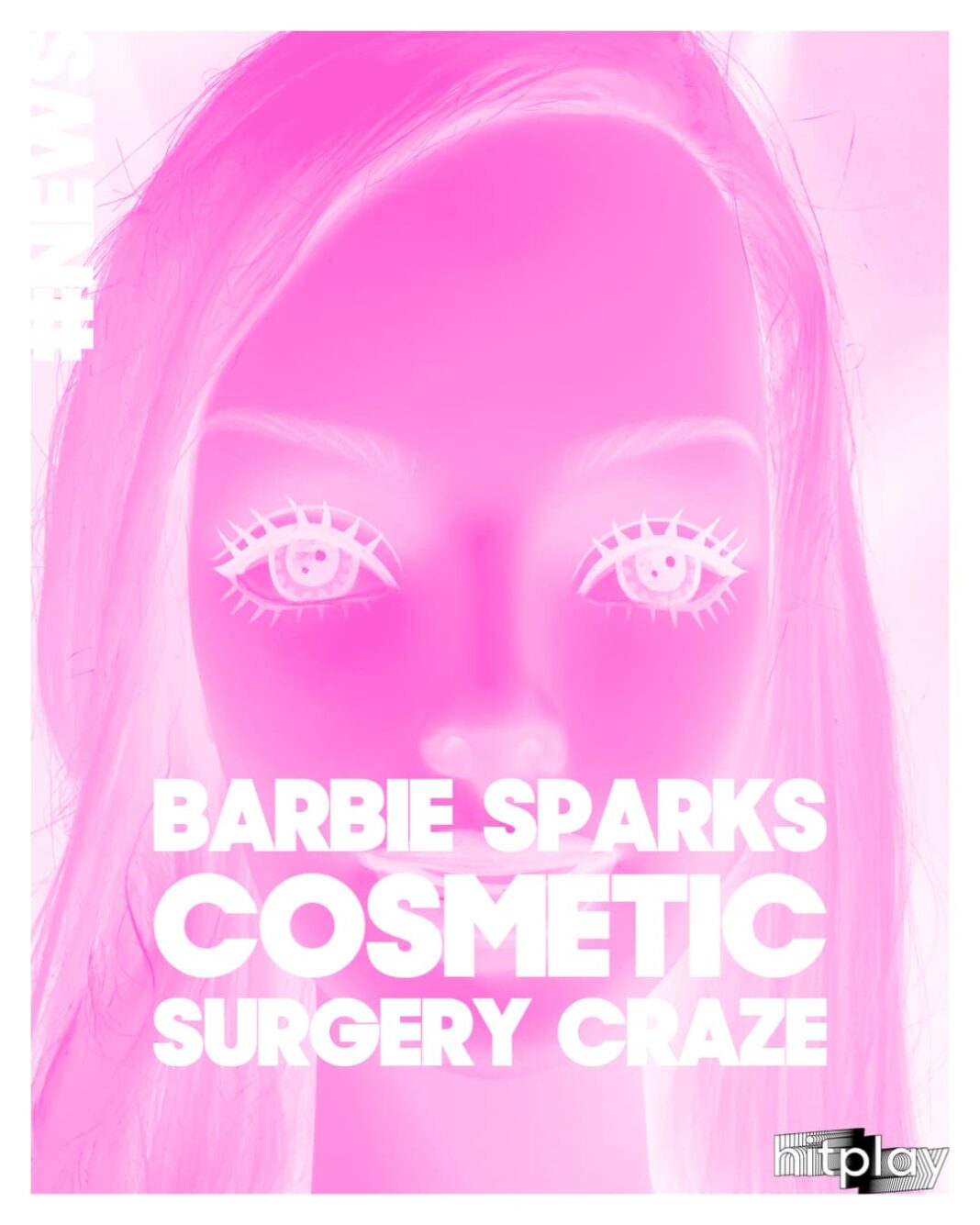As the much-anticipated “Barbie” movie takes the world by storm, its influence extends beyond the silver screen and into the real world, causing concern among leading medical professionals. These experts fear that the film’s depiction of Barbie’s unrealistic physical features may trigger a flood of extreme beauty requests.
Barbie Phenomenon: The Ripples Felt in Cosmetic Surgery
Greta Gerwig’s vibrant live-action portrayal of the idealized, button-nosed, dazzlingly bright-toothed icon has been hailed as the film of the summer. With an impressive 89 percent critics’ score on Rotten Tomatoes, it’s riding high on a wave of praise for its inclusive and empowering message for women. However, as its global box office count swiftly approaches $775 million, top doctors are starting to express their anxieties.
Dr. Payman Danielpour, a respected plastic surgeon at the Beverly Hills Plastic Surgery Group, has already witnessed the influence of the Barbie movie on his clients’ demands. From requests for Barbie’s slim waist to her exaggerated bust, patients are aspiring to match the plastic doll’s appearance. This trend, Danielpour warns, is not only unrealistic but could lead to harmful practices such as rib removal for a narrower waist.
The Barbie Effect: A Long-Standing Issue
Barbie’s unrealistic representation of the female form has been a point of contention since her debut in the 1950s. For decades, fans known as Barbiecore devotees have spent huge sums to mimic the doll through plastic surgery. With the recent film now reaching an even wider audience, the fear is that these unrealistic beauty standards will become more ingrained in society, particularly among impressionable young viewers.
Facial plastic surgeon Dara Liotta expresses concern that the film’s feminist messages could be overshadowed by the unrealistic beauty ideals it projects. “Barbie’s anatomy is so far from reality that if she were real, she wouldn’t even be able to stand up. I worry these positive themes could be lost on young girls,” she says.
The Dangers of Comparison: Psychological Impacts
The allure of Barbie, both the doll and Margot Robbie’s enchanting on-screen portrayal, can impact people of all ages, but adolescents are particularly at risk. Stephanie Wright, a licensed psychologist, warns that comparing oneself to Barbie’s image can be detrimental to self-esteem. She cautions against using Barbie as a benchmark for beauty standards.
Even prior to the film’s debut, Dr. Liotta expressed concern about the impact of the massive media buzz around it. The film’s glamorous portrayal of Barbie may drive the desire for perfection, particularly among young girls.
Looking at Barbie: A Conversation Starter
Fay Van Der Kar-Levinson, a psychologist, suggests that Barbie could serve as a prompt for discussion. She recommends parents engage their children in dialogue about the movie and what it’s promoting, which she believes can foster critical thinking. If teenagers are expressing a desire for Barbie-like features, she encourages parents to acknowledge their feelings without judgment. The goal, she emphasizes, should be to cultivate an understanding that attractiveness in real life goes beyond physical appearance.
Barbie and Cosmetic Work: Points to Consider
For those considering cosmetic alterations, Dr. Danielpour advises thorough research and multiple consultations with board-certified doctors. He also encourages people to understand the healing process, the emotional commitment, the costs, and the potential risks and benefits. The ultimate goal should be to enhance natural beauty rather than to completely alter one’s appearance.
One prime example of this is Barbie’s iconic “Hollywood Smile,” characterized by its whiteness, opacity, and uniformity. Cosmetic and biomimetic dentist Dr. Matt Nejad warns against this unnatural aesthetic and fears that the film might reignite interest in this flawed dental trend.
Rhinoplasty: A Cautionary Tale
Another area of concern is the likely surge in requests for Barbie’s distinctly shaped nose. Dr. Liotta warns that this unnatural nose shape could lead to dry nose, nosebleeds, sinus issues, and even a potential collapse. She emphasizes that rhinoplasty is a significant undertaking with a yearlong healing process.
The Pursuit of Perfection: A Warning
Dr. Danielpour urges those on a quest for perfection to take a step back. Cosmetic surgery should aim to enhance one’s natural features rather than create an image of perfection, he states. He stresses the importance of understanding the implications of any surgical procedure to avoid regret later.
The Barbie movie has sparked a cultural moment, but it’s critical to remember that real beauty goes beyond the doll’s plastic perfection. As Dr. Danielpour puts it, “You have a lifetime of aging. It’s best to take healthy, subtle baby steps over time to look like the best version of yourself, and in a way that complements your natural anatomy and features.”

